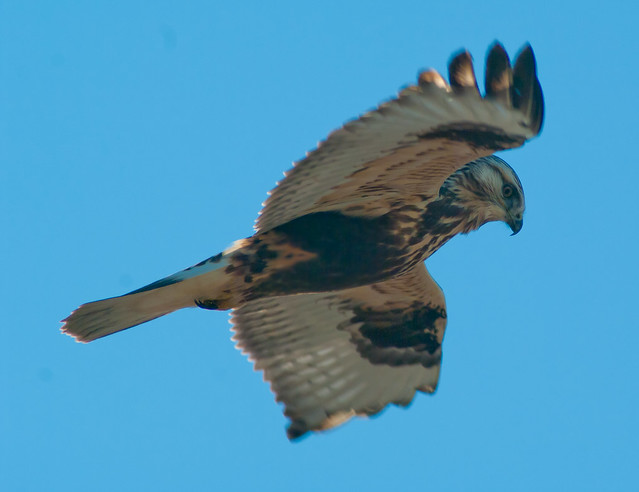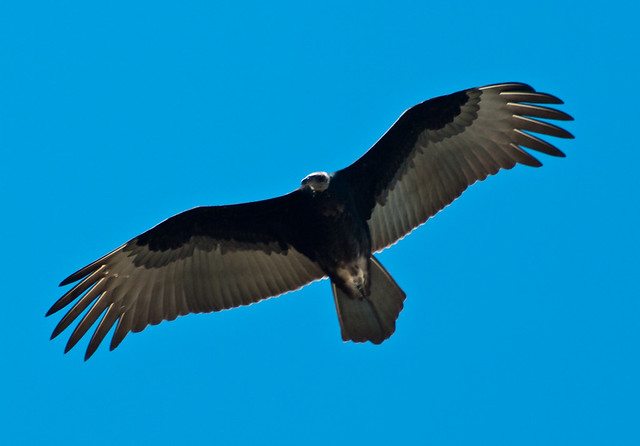I can drive razor sharp
talons into prey in dives of over 200 mph. So yeah, go ahead, Instagram me like
it makes you a worthwhile species.
There are elements of bird-watching that are invariably
somewhat embarrassing. Explaining to family or friends one’s excitement at
noting a particular species of duck. Being seen painstakingly stalking a three
inch warbler in a public location as if your life depended on it. Trying to use
names like “sapsucker”. “tit”, and “booby” without hint of irony. Even if one
shields one’s self in the cladistic hoohah of birds as extant dinosaurs[i],
allowing one to claim he is “dinosaur-viewing”, there is just something that
inherently doesn’t translate well to the masses.
Luckily, we have raptors.
Clever girl…
Raptors,
at least the extant variety, comprise a variety of specially-equipped, vertebrate-eating
birds of prey including hawks, eagles, falcons, kites, vultures, owls, etc. Their
primary grouping revolves around their adaptations related to efficient and
skillfully killing their way to the top of the food chain. This is overly science-y
talk for “raptors are badass birds who flying around visiting sharp pointy
death from the skies upon all manner of creatures, without mercy”. The very
origin of their name (from the Latin rapere, to seize or take forcibly) is
hardcore. People can legitimately chuckle at one’s fascination with a comically
waddling Tufted Puffin. No one laughs at lightning-quick, talon-bedecked
baddassery. Raptors are inherently cool.
This is my war cry.
While I’m interested in all manner of wildlife, and have
focused on birds for some time, my interest in a lot of birds is a bit
detached. I have an academic curiosity, or a desire for novelty, or an interest
in the general ecology they flit about in. However, I am full bore,
fist-pumping excited about raptors. Dizzying
speeds, amazing eyesight, razor sharp beaks and talons, and the instinct to
tear into whatever crosses their path? Sign me up.
This is my beak. It is
where food goes. Unwillingly.
Growing up, I was surrounded by wildlife. As a kid in the
country, I often played more with frogs and snakes than I did with other kids.
I always had the general curiosity of children encountering other life forms (a
heady mix of wonder and destructive impulses), but it was usually a transitory
phenomenon. However, the one thing that
would always send me running to the big bay window in the kitchen with my
parents’ massive, antiquated binoculars, was the sight of a Red-tailed hawk
soaring on the thermals above our fields. It was an indelible mark on my early
memory such that whenever I see a red-tail, I often think I can almost smell
the musty old binocular case and feel the rough wood of the window frame on my
elbows.
The red on my tail is actually
bloodstains.
And I don’t think I’m alone. We made a raptor the symbol of
our country[ii].
Indigenous people all over the world wear raptor feathers in ceremony. Even
owls, the AV club of the raptors, are respected symbols of wisdom. Even reviled
vultures are harbingers of the grim reaper. I mean, when the fecal matter absolutely
hit the fan, what really saved Middle Earth? Big-ass eagles, that’s what.
“Mr. Owl, how many licks
does it take to get to the center of a…OH MY GOD YOUR TALONS ARE SHREDDING MY
VERY SOUL ASUNDER”
So, regardless of one’s understanding of the interest of
chasing bitty little birds around the landscape, there is something universal
about awe in seeing a raptor fly that needs no explanation. I think part of
this is that when one looks at you, regardless of the assurances of your
conscious mind, there is some part of you that is thinking “I’m pretty sure
that feathered paragon of death is sizing me up as a meal”. And that, friends,
is awesome[iii].
We’re watching you,
human. We are totally going to eat you, even if it takes a whole mess of bites.
I’m the Harrier! Am I a
hawk? Am I an owl? Who knows, who cares. Winged death by any other name kills
as sweet.
We’re the falcons! OMG! We’re
super cute! We’re dainty! We’re TOTAL KILLING MACHINES.
We look cute, but we’re
set up for soundless flight, can see in the dark, and can exert incredible crushing
power with our talons. So, you know, go ahead and turn your back on us since we’re
so harmless.
We are become death,
devourer of worlds. And dead stuff. And dying stuff. And pretty much just stuff
in general.
Even if I was actually
bald, I’d still be more awesome than you, pinky.
Raptors, from top to bottom are:
Peregrine Falcon, Red-tailed Hawk, Cooper’s Hawk, Feruginous
Hawk, Red-tailed Hawk, Asiatic Eagle Owl, Rough-legged Hawk, Red-shouldered
Hawk, Northern Harrier, Northern Harrier, Merlin, American Kestrel, Barred Owl,
Gret horned Owl, Eastern Screech Owl, Turkey Vulture, Black Vulture, Bald
Eagle.
Notes:
[i]
Yes I know I’m supposed to drink the Kool-Aid and worship at the phylogentic
altar proclaiming birds as not only descended from dinosaurs, but that they ARE
dinosaurs. I just don’t buy it. The emperor’s new clothes are just not that
replendant. I know it’s oversimplifying it, but saying birds are dinosaurs,
being the extant species of that subjective clade, is like saying humans are
Gibbons (hylobatidae). Or rodents. Or bacteria. It’s a subjective
classification masquerading as an absolute clade boundary. I have no issue with talking about birds evolving from
dinosaurs. But evolution is not a neatly divided thing; it is a continual,
gradual process. You might as well say birds are archosaurs, or that which
proceeded them, and so on. Saying a clade starts at any given point is like
saying a family tree starts at a given point. I can say, yes, everyone in this
tree descends from our great great great grandfather. But he in turn is a part
of a tree going further back, etc. Birds evolved from dinosaurs. They are not
dinosaurs, just as man evolved from early mammals, but is considered an extant
synapsid. I know paleontology disagrees with me. Too bad, get your own blog,
paleontology.
[ii]
No thanks to Ben Franklin. A turkey? Really? Get the hell out of here with
that.
[iii]
I realize that this post has the tone of a 9 year old writing about ninjas. So
be it.
























































